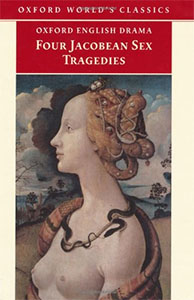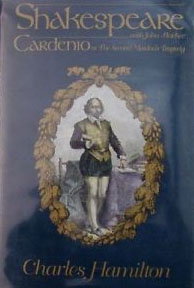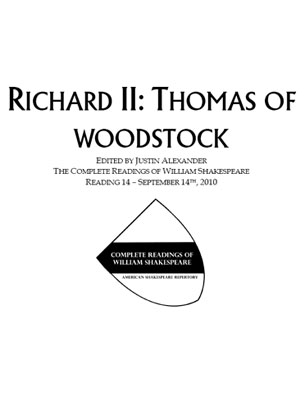 Richard II: Thomas of Woodstock only survives in a well-thumbed manuscript. Literally well-thumbed: The edges of its pages, worn thin by apparently decades of use as a playhouse prompt script, are disintegrating.
Richard II: Thomas of Woodstock only survives in a well-thumbed manuscript. Literally well-thumbed: The edges of its pages, worn thin by apparently decades of use as a playhouse prompt script, are disintegrating.
But that’s not all: The manuscript’s cover sheet has been lost, taking with it the original name of the play and the author’s name. The last few pages are also missing, taking with them the end of the play.
Despite being battered and beaten, the play has survived. And it brings with it a host of mysteries and enigmas.
First, and perhaps foremost, is the play’s anonymity. Take any half-decent, anonymous play from Elizabethan England and it won’t be long before the question, “Who wrote this?” starts attracting answers of, “William Shakespeare”.
Richard II: Thomas of Woodstock, on the other hand, is a very good play from Elizabethan England, so it shouldn’t be too surprising to discover that the name “William Shakespeare” has been periodically dogging its heels for at least the last couple of centuries. But the heat really cranked up in 2005 when Michael Egan picked up the torch. Egan didn’t just content himself with writing a mammoth tome making his case that Shakespeare was the author of “Richard II, Part 1” (as he called it): He wrote four. And then he followed it up with a blitzkrieg of publicity.
Which, to make a long story short, is how the play finds its way into the apocryphal cycle of the Complete Readings of William Shakespeare. And thus poses its own problems for me to solve.
THE TITLE
First, let’s talk about the title. Egan makes the compelling case that the identity of the play itself serves a proxy fight for the authorship debate: The earliest critics of the play referred to it as simply Richard II (because it was fairly standard practice for Elizabethan history plays to be named after their reigning monarch). But this created obvious confusion between this play and the better known play of the same title by Shakespeare.
At this point, the play’s identity splits: Those who believe that the play is written by Shakespeare (along with a few who don’t) start referring to it as Richard II, Part 1. But those who don’t ascribe to Shakespeare’s authorship (and want to distance the play as much as possible from Shakespeare’s work), strip Richard’s name off the play entirely and refer to it as either Thomas of Woodstock (or simply Woodstock).
On the gripping hand, I find either approach to be fraught with problems. On the one hand, titling the play Richard II, Part 1 is deliberately provocative. It thrusts the authorship question front-and-center while simultaneously demanding an opinion before one has even had a chance to experience the play (let alone the evidence). It’s presumptuous in its assumption.
On the other hand, titling the play Thomas of Woodstock is to promote the character of Woodstock to the role of sole protagonist in a way that I, personally, feel significantly distorts the narrative of the play.
So I split the difference: As a title, Richard II: Thomas of Woodstock is (a) clear; (b) assumes nothing; and (c) distinguishes it from the other, more famous, Richard II.
DEBT TO FRIJLINCK
In an age of pervasive googling, I was actually surprised to discover that a photographic facsimile of Richard II: Thomas of Woodstock wasn’t available online. Of course, even if it were, it wouldn’t do me much good: While I’ve become intimately familiar with the idiosyncrasies of Elizabethan printing, I’m afraid Elizabethan handwriting is a skill I’m far from mastering.
That’s why our script owes a great debt to Wilhelmina Frijlinck. Frijlinck prepared the 1929 Malone Society Reprint edition of the play (published as The First Part of the Reign of King Richard the Second, or Thomas of Woodstock). This edition faithfully reproduced in modern type and layout everything which could be found on the page of the original manuscript.
While in some ways it can be frustrating to be dependent on Frijlinck’s observations instead of being able to study the primary text directly, there’s no question that Frijlinck’s edition is almost as good as the real thing.
THE TEXT
It’s particularly exciting to be able to offer this version of the script to the public because no other decent edition of the play has been made available on the internet.
To date, the only version of the script we’ve been able to find online was the text provided by the Hampshire Shakespeare Company. Unfortunately, this text proved to be so utterly corrupt and purposefully inaccurate that it was completely worthless even as a base text which could be corrected. Its most heinous flaw lies in the decision to expand every contraction (so that “it’s” in the original text, for example, becomes “it is” in the Hampshire edition), thus completely destroying the verse structure of the play. This by itself would utterly discredit the script, but it’s helped along by an essentially schizophrenic approach to punctuation: In some cases spraying excess punctuation in order to further damage the flow and sense of the text, while in other cases failing to provide (or even removing) necessary punctuation required for the text to make any sense.
I think you’ll find that our own script is far from perfect, but it does bear the honor of making an undamaged version of the play publicly available online for the first time.
RICHARD II: THOMAS OF WOODSTOCK – FULL SCRIPT
RICHARD II: THOMAS OF WOODSTOCK – CONFLATED SCRIPT
1. All emendations have been indicated to with [square brackets].
2. Scribal deletions struck thru.
3. Scribal deletions retained in <diamond brackets>.
4. Non-scribal additions underlined.
5. Non-scribal addition not retained underlined and struck thru.
6. Speech headings have been silently regularlized.
7. Names which appear in ALL CAPITALS in stage directions have also been regularized.
8. Spelling has been modernized.
9. Punctuation has been silently emended. (Although only in a minimalist fashion, as described above.)
10. A new ending has been added to the play, written by Justin Alexander. See Richard II: Thomas of Woodstock – The End of the Story.
THE NEW ENDING
Because the play is incomplete, a new ending was written for the Complete Readings of William Shakespeare. The ASR scripts of the play have been updated to include the ending as it was performed. For more details on the ending, check out Richard II: Thomas of Woodstock – The End of the Story. If you’re interested in reading the new ending by itself, a separate PDF link has been included below.
Permission to use this additional material in print or production is freely granted as long as the following notice is included on either (a) the title page or cover of the printed publication or (b) the cover of the production’s program, website, and any posters, postcards, or similar advertising:
New Ending Written by Justin Alexander
https://www.thealexandrian.net
Originally Produced by the
American Shakespeare Repertory
http://www.american-shakespeare.com
RICHARD II: THOMAS OF WOODSTOCK – THE NEW ENDING
Originally posted September 10th, 2014.

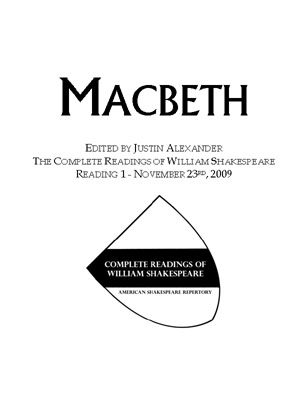
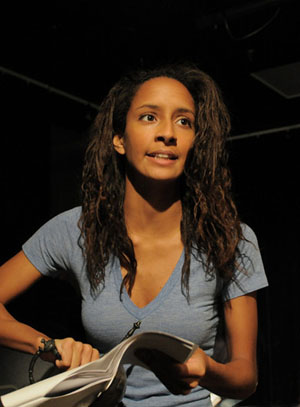 The
The 